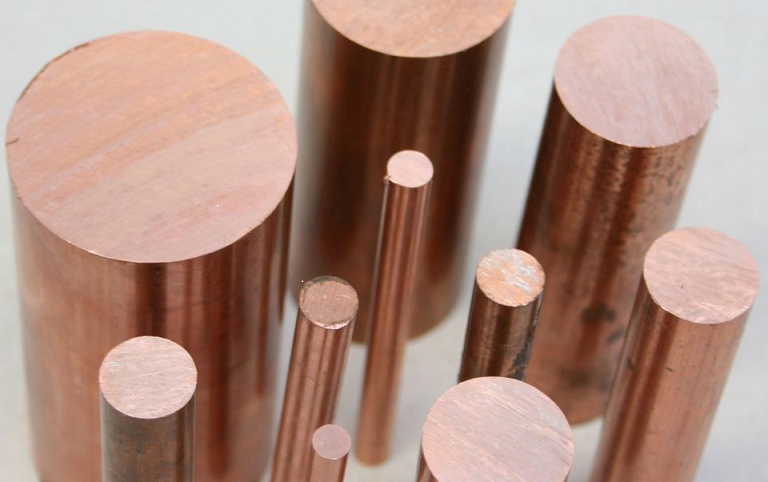Tungsten Copper Alloy for Electronic Packaging Materials

Tungsten Copper Alloy for Electronic Packaging Materials
Tungsten copper alloy (W-Cu alloy) is an alloy that combines the advantages of tungsten and copper. Specifically, it not only has the characteristics of high melting point, high density, and low expansion coefficient of metal tungsten but also good electrical and thermal conductivity properties of metal copper, so it is often used as a microelectronic packaging material. In this article, let's take a closer look at the tungsten copper alloy for electronic packaging materials.

Tungsten Copper Alloy for Electronic Packaging Materials
It is worth noting that the thermal expansion coefficient and thermal conductivity of the W-Cu alloy can be changed by adjusting the composition of tungsten copper to make it more compatible with the thermal expansion coefficient of the chip. In addition, the surface roughness and flatness of the alloy will seriously affect the quality of the chip. Generally speaking, the higher the appearance quality of the alloy, the more beneficial it is to the improvement of chip performance.
Common Production Methods of Tungsten Copper Alloys
1. Powder metallurgy: the technological process of powder metallurgy is pulverization → mixing of ingredients → press molding → sintering infiltration → cold working. This method produces products with poor uniformity, and there are many voids, the density is less than 98%, the operation is cumbersome, the production efficiency is low, and it is difficult to mass-produce.
2. Injection molding: it is to mix nickel powder, copper tungsten powder, or iron powder with tungsten powder, then add an organic adhesive for injection molding, then use steam cleaning and irradiation to remove the binder, and sinter in hydrogen to obtain a high-density product.
3. Copper oxide powder method: The copper oxide powder is reduced to obtain copper, and then the copper is formed into a continuous matrix in the sintered compact, and tungsten is used as a strengthening framework, and then the mixed powder is sintered in a relatively low-temperature wet hydrogen gas to obtain the product.
4. Tungsten frame infiltration method: first, the tungsten powder is pressed into a shape, and sintered into a tungsten frame with a certain degree of porosity, and then copper is infiltrated. This method is suitable for the preparation of tungsten and copper products with low copper content, but the products have the disadvantages of low density and inadequate electrical and thermal conductivity.
Conclusion
Thank you for reading our article and we hope it can help you have a better understanding of the tungsten copper alloy for electronic packaging materials. If you want to learn more about tungsten copper alloys or other refractory metals and alloys, we would like to advise you to visit Advanced Refractory Metals (ARM) for more information.
Headquartered in Lake Forest, California, USA, Advanced Refractory Metals (ARM) is a leading manufacturer & supplier of refractory metals & alloys across the world. It provides customers with high-quality refractory metals & alloys such as tungsten, molybdenum, tantalum, rhenium, titanium, and zirconium at a very competitive price.
{{item.content}}
LEVE A REPLY
{{item.children[0].content}}
{{item.content}}






